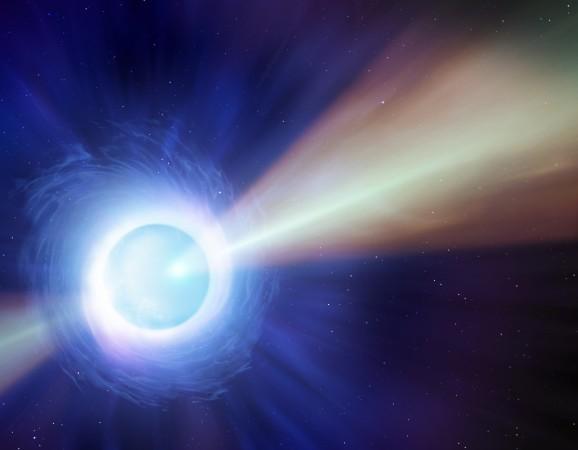
It might be possible that for the very first time, scientists have chanced upon the phenomenon of young planets or one planet being devoured by a star present nearby. This observation, made from the Chandra X-ray Observatory of NASA, provides a detailed look into a key factor that plays an integral role in the lifespan of infant planets.
Astronomers have been, for some time, curious about the variability shown by an, a young star that is placed around 450 light years from the Earth. It has been noted from the observations made from as early as 1937 that this young star's optical light fades briefly every few decades before regaining its brightness. The frequency of this dimming has increased significantly in the recent years and even the time period of the dimming has grown at an ascending rate.
Now it is being speculated that a group of scientists, inquisitive about this occurrence, has been able to determine the cause of the star's latest dimming with the help of Chandra. It appears that this dimming was caused when two infant planetary bodies, containing at least one planet-sized mass crashing into each other.
The debris that was formed as a result of this collision fell into the young star, thus creating a thick coat of dust and gas, which lead to the dimming of the star's light.

Hans Moritz Guenther, the research scientist from MIT's Kavli Institute for Astrophysics and Space Research said, "Computer simulations have long predicted that planets can fall into a young star, but we have never before observed that," and therefore, "If our interpretation of the data is correct, this would be the first time that we directly observe a young star devouring a planet or planets."
It is now being speculated that the previous dimming incidents of RW Aur A, a start which is several million years old, may have been the outcome of similar events which involved two planetary bodies colliding with each other and the debris acting up in a similar way.
Chandra has been keeping an eye out for the star, during the bright phase of the star since 2013, and also during the dimming instances noted in 2015 and 2017.

















